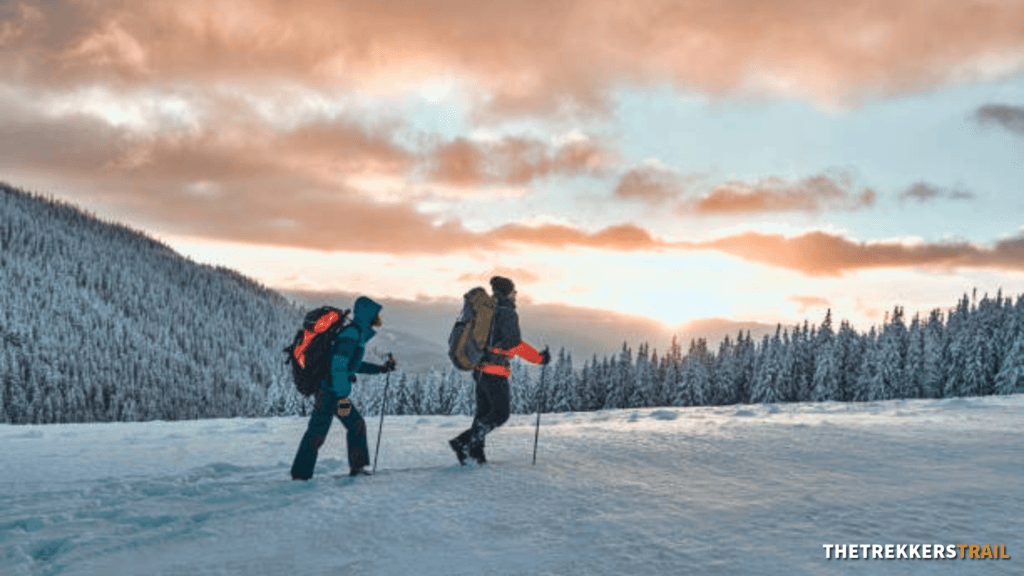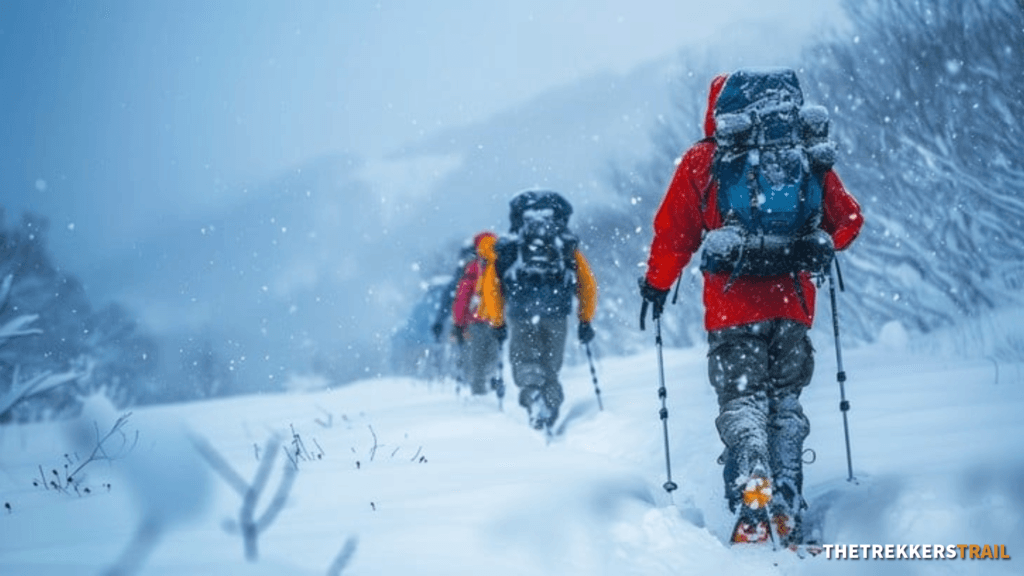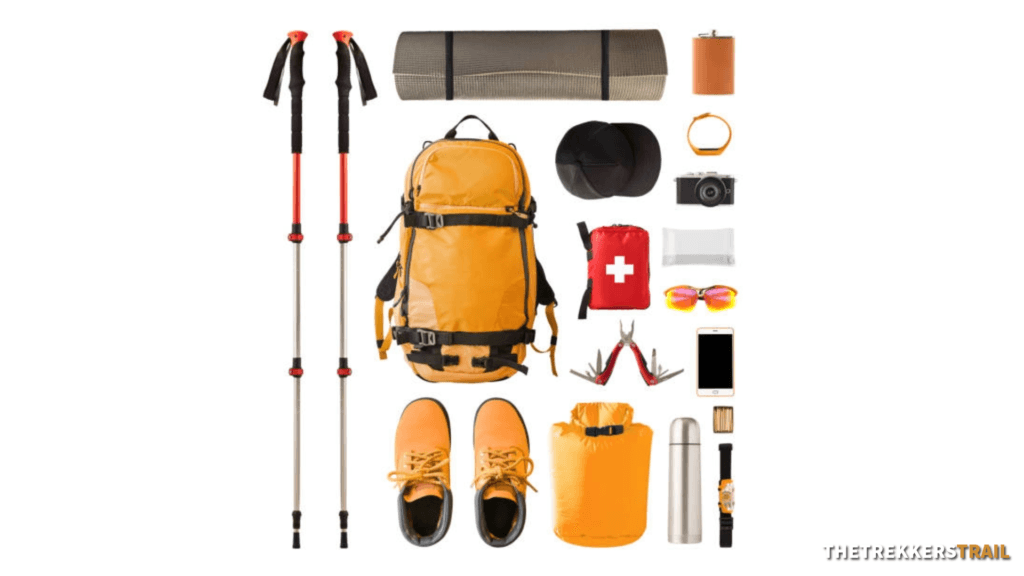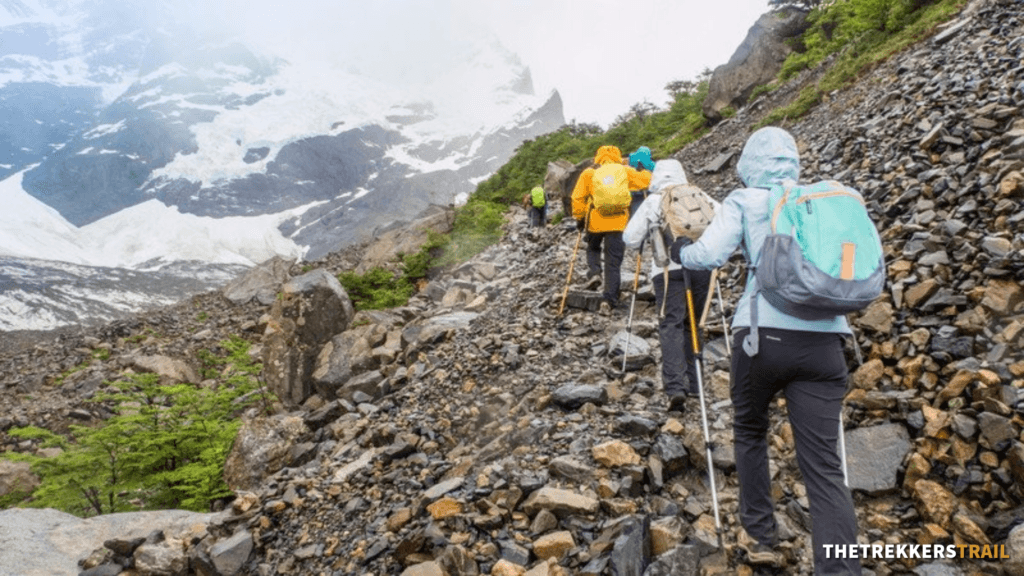Introduction
A Himalayan winter trek is a magical experience, offering snow-covered trails, breathtaking views, and an adventure like no other. But winter trekking in the Himalayas comes with its own set of challenges – subzero temperatures, deep snow, and unpredictable weather. The key to enjoying this incredible journey lies in proper preparation.
In this guide, we’ll cover everything you need to know about Himalayan winter trek preparation, from tackling extreme cold to essential gear and fitness training.
How Difficult Is Trekking in Winter?
One of the most common concerns is: “Is a Himalayan winter trek too difficult for beginners?” The simple answer is no, but it is more challenging than trekking in other seasons. Two primary difficulties arise in winter trekking:
- Negative Temperatures: Temperatures can drop to -10°C or lower at night, making layering crucial.
- Walking on Snow: Snowy trails demand extra effort and the right gear to maintain stability.
With proper preparation, even first-time trekkers can enjoy the beauty of winter in the Himalayas.
How to Tackle Negative Temperatures
The golden rule? Layers. Layers. Layers.
To keep yourself warm, pack at least five warm layers:
- Thermal base layer (for nights)
- Two fleece or wool sweaters
- One insulated padded jacket
- One windproof outer shell
Additionally, pack essential warm accessories:
- Woolen cap
- Gloves (waterproof + fleece liner)
- Woollen socks (for nighttime warmth)
- Neck warmer

💡 Pro Tip: Layer up immediately after trekking! Your body starts cooling down once you stop hiking, so change into dry clothes and add layers quickly to retain heat.
How to Tackle Trekking in Snow
As you gain altitude, snow-covered trails become a challenge. Here’s how to make trekking in snow easier:
- Start Early: Begin trekking before sunrise when the snow is packed and firm, making it easier to walk on.
- Follow Existing Trails: Walk in the footprints of previous trekkers to maintain stability and avoid sinking into deep snow.
- Use Microspikes & Gaiters:
- Microspikes provide grip on icy trails.
- Gaiters keep snow from entering your shoes, keeping your feet warm and dry.
- Boost Your Fitness: Trekking in snow requires more energy, so prepare in advance (details below).

How Cold Does It Get?
On popular winter treks like Kedarkantha, Brahmatal, and Dayara Bugyal, temperatures range from:
- Daytime: 8°C to 15°C (1-2 layers required)
- Nighttime: -3°C to -10°C (all layers needed!)
After fresh snowfall, it can feel even colder due to wind chill.
Essential Gear for a Himalayan Winter Trek
Packing the right gear is non-negotiable. Here’s a quick checklist:
- ✔ Trekking Shoes: High-ankle, waterproof shoes with excellent grip (sports shoes won’t work!).
- ✔ Backpack with Rain Cover: Minimum 40-50L capacity with good support.
- ✔ Trekking Poles: Helps maintain balance in snow.
- ✔ Thermos Flask: Keeps water warm in freezing temperatures.
- ✔ Synthetic Trek Pants: Quick-drying material is better than cotton.
- ✔ Sunglasses: To prevent snow blindness (photochromic lenses are a great option for spectacle wearers).
- ✔ Steel Cutlery: More durable and easier to clean than plastic.

How to Get Fit for a Winter Trek
Winter trekking is one grade tougher than in other seasons. For example, an easy-moderate trek like Kedarkantha becomes moderate in winter.
Start training at least 1.5-2 months before your trek:
- Cardio Training: Run 5 km in under 40 minutes to build endurance.
- Leg Strength: Squats, lunges, and step-ups to prepare for steep inclines.
- Core & Flexibility: Yoga or stretching exercises to prevent injuries.
- Back & Shoulder Strength: Carrying a backpack requires strong shoulders—do push-ups and planks.
💡 Pro Tip: Start slow, increase intensity gradually, and stay consistent!

Challenges of a Winter Trek
While rewarding, winter treks come with a few surprises:
🚧 Route & Campsite Changes: Snowfall can block trails, forcing last-minute itinerary changes. 🌨 Unpredictable Weather: Heavy snow or rain may cause delays—be mentally prepared!
💡 Mindset Tip: Stay flexible and positive—adventure is all about the unexpected!
Final Tips for a Successful Winter Trek
- ✅ Layer up before you feel cold.
- ✅ Drink warm fluids regularly.
- ✅ Protect your extremities (head, hands, feet).
- ✅ Start trekking early to avoid soft, melting snow.
- ✅ Train well—fitness is key to enjoying the trek.
Conclusion
A Himalayan winter trek is challenging yet rewarding. With the right gear, physical preparation, and mental resilience, you’ll have an unforgettable adventure in the snow-laden mountains. Follow this Himalayan winter trek preparation guide, and you’ll be all set for an incredible experience!
💬 Got questions? Drop a comment below, and we’ll help you out!


